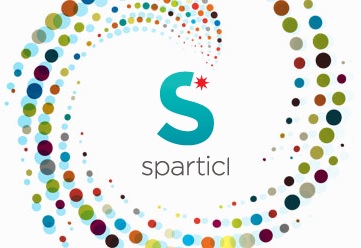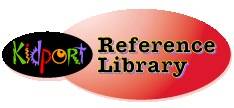Math Standards
The Common Core State Standards:
- are aligned with college and work expectations.
- include rigorous content and application of knowledge through high-order skills.
- build upon strengths and lessons of current state standards.
- are internationally benchmarked.
- are evidence and/or research-based.
The Common Core State Standards will
- help prepare all students with the knowledge and skills needed to succeed in college and careers.
- assist students who move between states.
- create the opportunity for America to compete for high-wage, high-skill jobs in a knowledge-based economy.
- allow for more focused pre-service education and professional development.
- create economies of scale around areas such as curriculum, instructional resources, and assessment.
Connecting the Standards for Mathematical Practice to the Standards for Mathematical Content
The Standards for Mathematical Practice describe ways in which developing student practitioners of the discipline of mathematics increasingly ought to engage with the subject matter as they grow in mathematical maturity and expertise throughout the elementary, middle and high school years. Designers of curricula, assessments, and professional development should all attend to the need to connect the mathematical practices to mathematical content in mathematics instruction.
The Standards for Mathematical Content are a balanced combination of procedure and understanding. Expectations that begin with the word “understand” are often especially good opportunities to connect the practices to the content. Students who lack understanding of a topic may rely on procedures too heavily. Without a flexible base from which to work, they may be less likely to consider analogous problems, represent problems coherently, justify conclusions, apply the mathematics to practical situations, use technology mindfully to work with the mathematics, explain the mathematics accurately to other students, step back for an overview, or deviate from a known procedure to find a shortcut. In short, a lack of understanding effectively prevents a student from engaging in the mathematical practices.
In this respect, those content standards which set an expectation of understanding are potential “points of intersection” between the Standards for Mathematical Content and the Standards for Mathematical Practice. These points of intersection are intended to be weighted toward central and generative concepts in the school mathematics curriculum that most merit the time, resources, innovative energies, and focus necessary to qualitatively improve the curriculum, instruction, assessment, professional development, and student achievement in mathematics.








